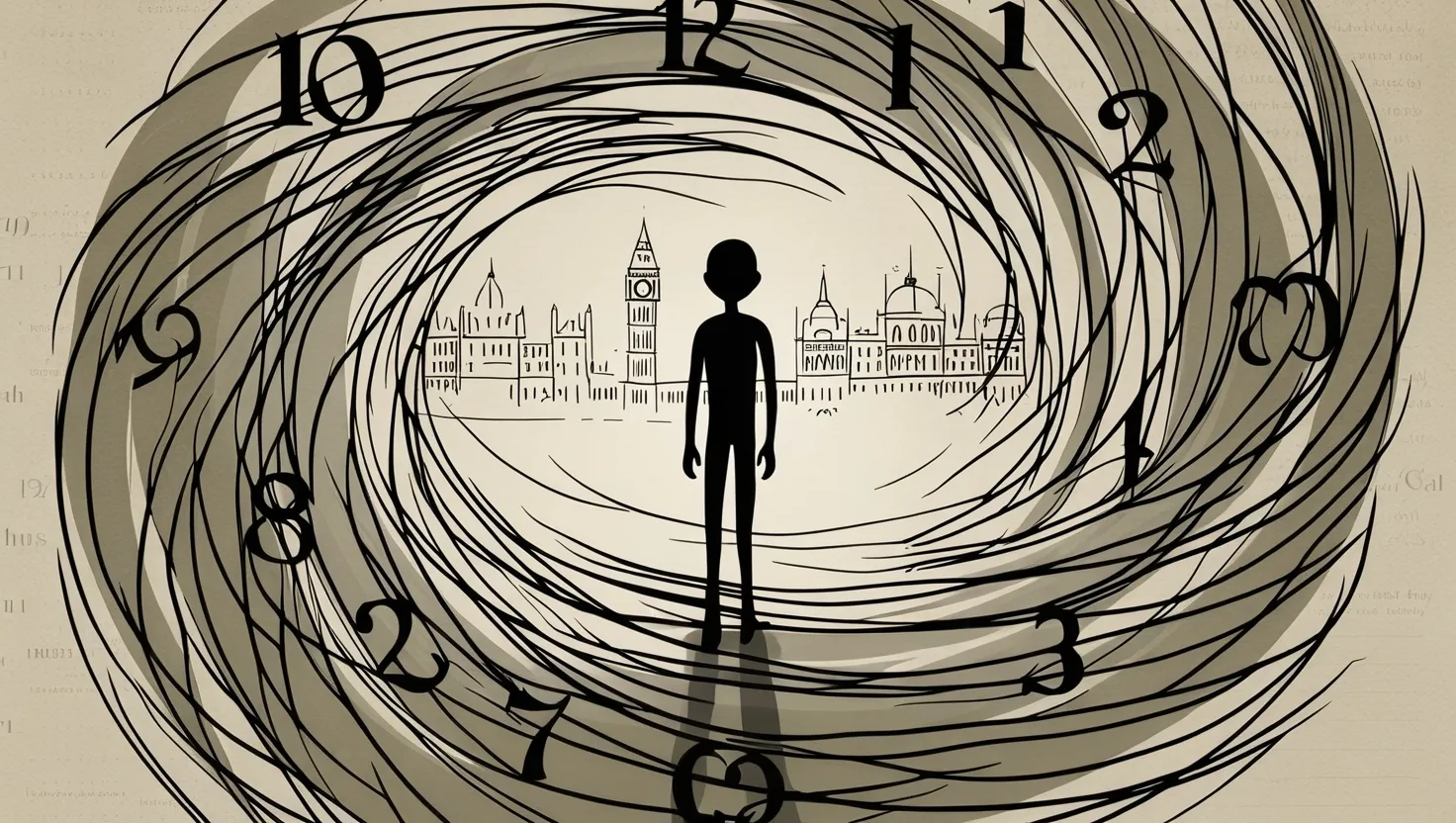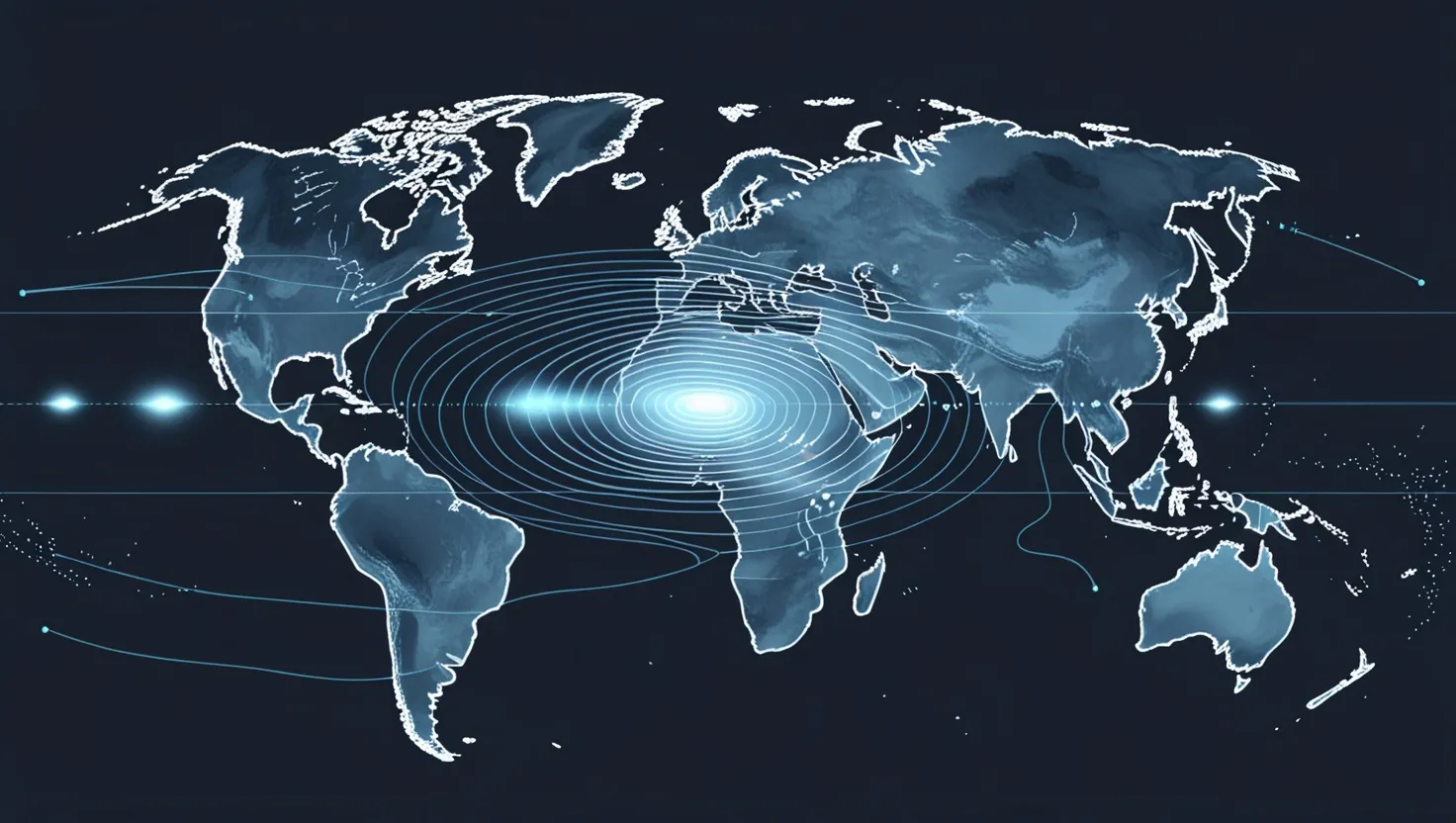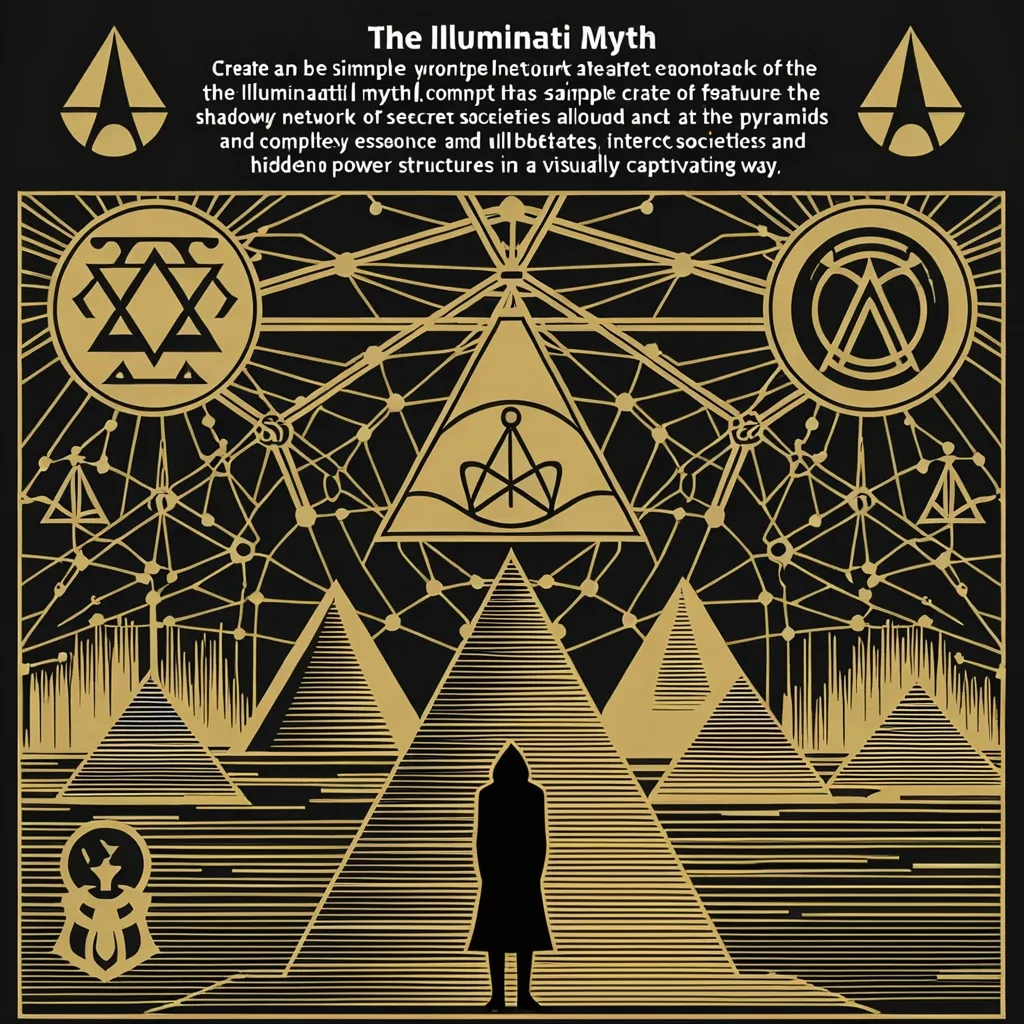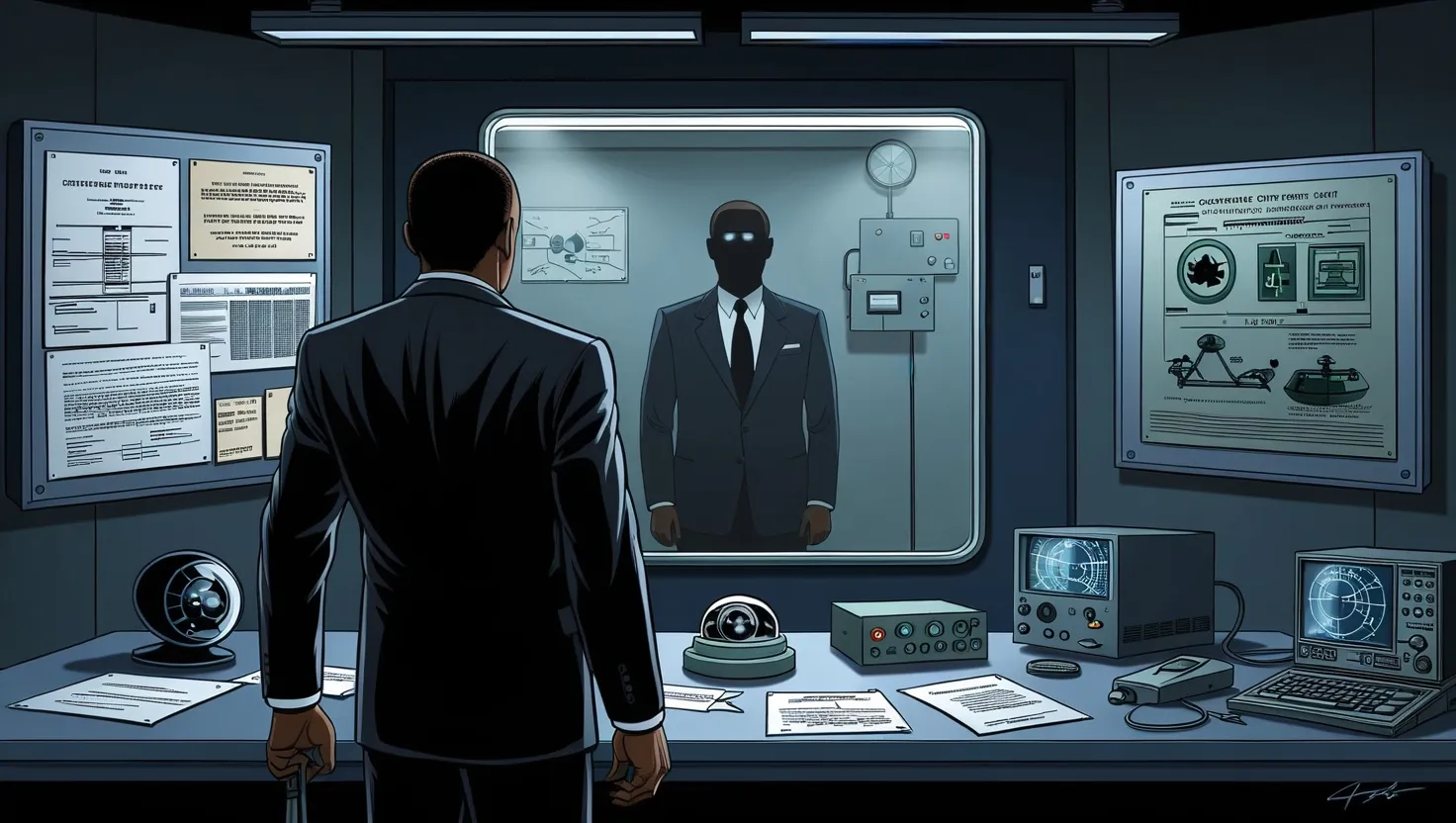In the vast and often murky waters of conspiracy theories, few topics captivate the imagination as intensely as time travel. The idea that individuals or entities could traverse the fabric of time, influencing past or future events, is a staple of science fiction, but it also has a surprising number of real-world precedents that have sparked intense speculation. Here, we delve into eight historical events that have been linked to time travel conspiracy theories, each with its own unique blend of intrigue and skepticism.
John Titor’s Online Predictions
Imagine logging onto an internet forum and stumbling upon a user claiming to be a time traveler from the year 2036. This is precisely what happened in the late 1990s and early 2000s with the emergence of John Titor, a pseudonym used by an individual who described a dystopian future filled with war, famine, and the collapse of societal structures. Titor’s posts were detailed and often technical, including diagrams of his supposed time machine and warnings about a future nuclear war.
Titor’s story is as compelling as it is controversial. He claimed to be part of a military unit tasked with retrieving a specific IBM computer from 1975, a mission that was personal due to his grandfather’s involvement in the computer’s development. His predictions, however, have been largely discredited, with no nuclear war or civil unrest occurring as he forecasted. Yet, for many, the question remains: Was John Titor a hoaxer, or did his presence in our timeline alter the course of events?
The Chronovisor of Father Pellegrino Ernetti
In the 1960s, Father Pellegrino Ernetti, an Italian priest and scientist, made headlines with his claim of inventing a device called the Chronovisor. This alleged time-viewing machine was said to allow its user to see and even record events from the past. Ernetti claimed to have used the Chronovisor to witness historical events, including the final performance of a play by the ancient Roman playwright Quintus Ennius.
While Ernetti’s claims were met with a mix of fascination and skepticism, they highlight the enduring human desire to peek into the past. The Chronovisor, whether real or imagined, symbolizes our deep-seated curiosity about historical events and the potential for technology to bridge the gap between past and present.
The Philadelphia Experiment
One of the most enduring time travel conspiracy theories revolves around the Philadelphia Experiment, allegedly conducted by the U.S. Navy in 1943. The story goes that the Navy attempted to make a ship, the USS Eldridge, invisible by creating a cloaking device that manipulated electromagnetic fields. However, the experiment supposedly went awry, causing the ship to disappear and reappear in a different location and time.
This tale has been widely debunked, but it continues to captivate the public imagination. It speaks to the fear and fascination with advanced military technology and the possibility that governments might be experimenting with time manipulation in secret.
Andrew Carlssin’s Stock Market Success
In 2003, a man named Andrew Carlssin made headlines for his extraordinary success in the stock market. Over the course of several months, Carlssin made a series of trades that netted him millions, with some speculating that he had access to future market data. The story took a bizarre turn when Carlssin disappeared as suddenly as he appeared, leaving behind only rumors and speculation.
While Carlssin’s story is more likely a case of insider trading or luck, it has been woven into the fabric of time travel lore. It raises questions about the possibility of future knowledge influencing present-day events and whether some individuals might have access to information that others do not.
The Moberly-Jourdain Incident at Versailles
In 1901, two British women, Charlotte Anne Moberly and Eleanor Jourdain, reported a strange experience while visiting the Palace of Versailles. They claimed to have seen people in 18th-century clothing and witnessed events that seemed to be from a different era. Their account, detailed in their book “An Adventure,” has been interpreted by some as evidence of time travel or a temporal slip.
This incident highlights the blurred lines between history and personal experience. Whether the women actually traveled through time or simply experienced a vivid hallucination, their story underscores the human fascination with the past and the desire to connect with it in tangible ways.
Charlie Chaplin’s Cell Phone Woman
In a scene from Charlie Chaplin’s 1928 film “The Circus,” a woman is seen walking by in the background, seemingly talking on a cell phone. Given that cell phones did not exist at that time, this has led some to speculate that the woman might be a time traveler.
While this is likely a case of misinterpretation—she was probably just holding her ear or talking to someone off-camera—the image has become a popular meme and cultural reference point. It illustrates how even the most mundane observations can be twisted into extraordinary tales of time travel.
The Battle of Nuremberg in 1561
The Battle of Nuremberg, also known as the Nuremberg Celestial Phenomenon, was a bizarre event in which strange objects were seen in the sky over Nuremberg, Germany. The incident, documented in woodcuts from the time, shows spheres, disks, and cylindrical objects, which some have interpreted as evidence of extraterrestrial or time-traveling visitors.
This event is one of the earliest recorded UFO sightings and has been the subject of much speculation. Whether it was a natural phenomenon or something more extraordinary, it remains a fascinating example of how historical events can be reinterpreted through the lens of modern conspiracy theories.
Rudolph Fentz’s Anachronistic Death
In 1950, a man named Rudolph Fentz was found dead in New York City, but what made his death peculiar was the contents of his pockets. Among other items, he had a bill from a tavern that did not exist in 1950, along with other artifacts that seemed to be from the 19th century.
The story of Rudolph Fentz has been passed down as a classic tale of a possible time traveler. While it is more likely a hoax or a misunderstanding, it captures the public’s imagination and raises questions about the possibility of individuals moving through time.
The Enduring Appeal of Time Travel Theories
These events, each with its own unique narrative and set of claims, illustrate why time travel conspiracy theories remain so compelling. They tap into our innate curiosity about the past and the future, and they challenge our conventional understanding of time and reality.
Whether these stories are based on fact or fiction, they serve as a reflection of our collective fascination with the mysteries of time. They also highlight the human tendency to seek explanations for the unexplained and to speculate about the unknown.
In the end, time travel conspiracy theories are not just about the possibility of moving through time; they are about our deep-seated desire to understand and connect with the world around us. They remind us that, even in the most mundane moments, there can be a hint of the extraordinary, waiting to be uncovered and explored.






